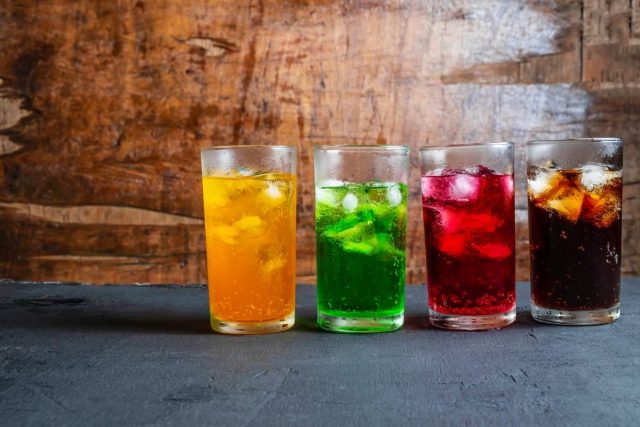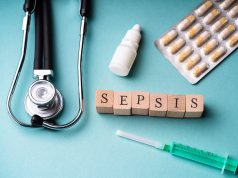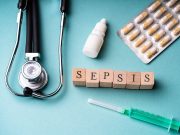Variance seen by age, parental level of education, and urbanicity
By Lori Solomon HealthDay Reporter
FRIDAY, Aug. 9, 2024 (HealthDay News) — Intake of sugar-sweetened beverages (SSBs) among children and adolescents increased by 23 percent globally from 1990 to 2018, according to a study published online Aug. 7 in The BMJ.
Laura Lara-Castor, Ph.D., from the Friedman School of Nutrition Science and Policy at Tufts University in Boston, and colleagues quantified global intakes of SSBs and trends over time among children and adolescents. The analysis included children and adolescents (aged 3 to 19 years) in 185 countries identified from the Global Dietary Database (1990 and 2018).
The researchers found that in 2018, mean global SSB intake was 3.6 8-oz servings/week, but ranged from 1.3 in South Asia to 9.1 in Latin America and the Caribbean. Older children and adolescents had higher SSB intakes than younger children, as did residents in urban versus rural areas and those with parents with higher versus lower education. Over time (1990 to 2018), mean global SSB intakes increased by 0.68 servings/week (22.9 percent), with the largest increases seen in sub-Saharan Africa (2.17 servings/week; 106 percent). Overall, 30.3 percent of countries had a mean SSB intake of seven or more servings/week, representing 238 million children and adolescents, or 10.4 percent of the global population of young people.
“Our findings are intended to inform current and future policies to curb SSB intakes, adding to the United Nation’s 2030 Agenda for Sustainable Development,” the authors write.
Several authors disclosed ties to the pharmaceutical and nutrition industries.
Copyright © 2024 HealthDay. All rights reserved.



















